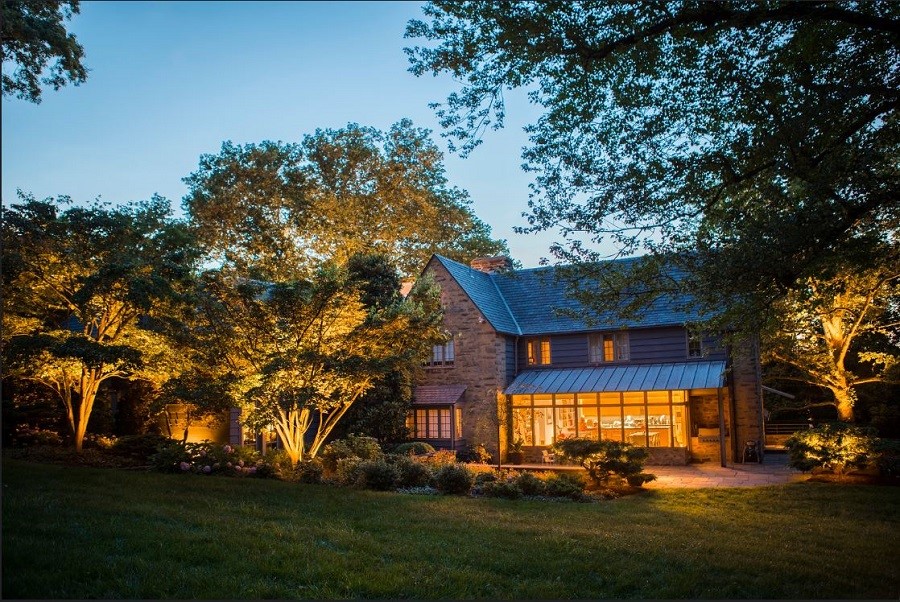How to Avoid Common Landscape Lighting Mistakes
A Custom Solution Can Help You Illuminate Your Outdoor Spaces

Working with a professional for your landscape lighting installation can result in a system that is not only easy to use, but built to last. Clients that opt for a DIY approach usually face the same design and installation problems that hurt the efficiency of the system. Learning what these mistakes are and the solution for each will help you be knowledgeable when talking to a contractor about your new home or latest upgrade. With the right landscape lighting solution in place, you can ensure you have a design that enhances your outdoor spaces and keeps your Austin, TX home safe.
SEE MORE: 5 Steps to a Successful Landscape Lighting System
Poor Wire Connections
We begin with one of the biggest problems found in landscape lighting systems: poor wire connections. We partner with Coastal Source for all our projects for this reason. Coastal Source connectors are specifically designed for outdoor use, eliminating the need to cut and splice wire to make it waterproof. The other great thing is that the connectors are what they call "Plug-n-Play”; they link together with a simple twist to create a tight connection between the wires and keep corrosive elements out.
No Control Solution
Many times we find clients are so focused on what their landscape lighting will look like that they don't consider how to manage it. There may be lights that you want to turn off during the day or have some that only turn on when needed. Make sure your landscape lighting has automated control functions to get the most out of it. This may sound fancy, but it just means controlling your lights via motion sensors or schedules. Use schedules to turn lights off when the sun rises and turn them back on when the sun sets. Motion sensors are a great option for pathway lights, so they only turn on when people are walking on them.
Flat Lighting Design
There are a few landscape design issues that we regularly encounter as well. One of them is a one-tone approach that can make outdoor spaces look flat and boring. There are a variety of ways that this can be resolved. In a previous blog, we discussed how you could use architectural, ambient and functional lighting to create a layered lighting design. You can also invest in a control solution that lets you adjust the intensity or color temperature of each light. Even if you don't have a lot of fixture variety, creating contrast and shadows by dimming certain lights can add depth to your outdoor spaces.
Want to make sure your landscape lighting system is worth the investment? Contact Relative Home Systems for a custom solution that brings out your home’s best features.


